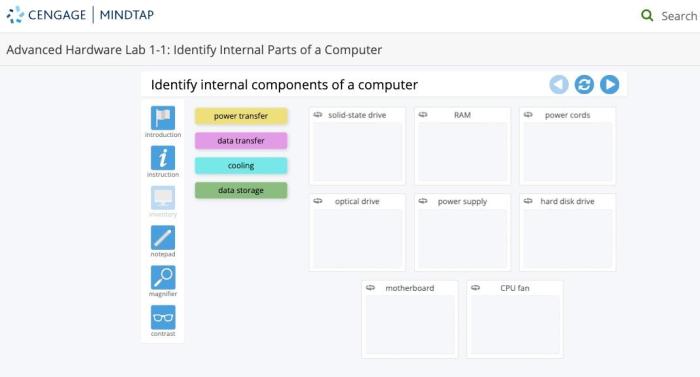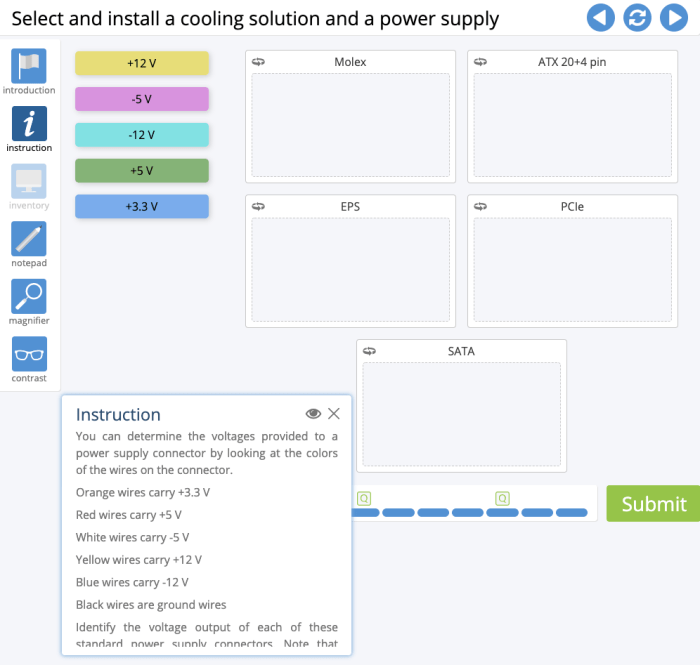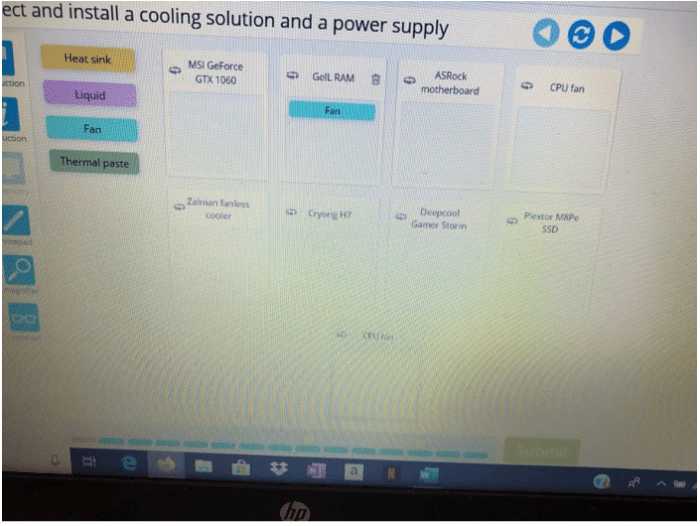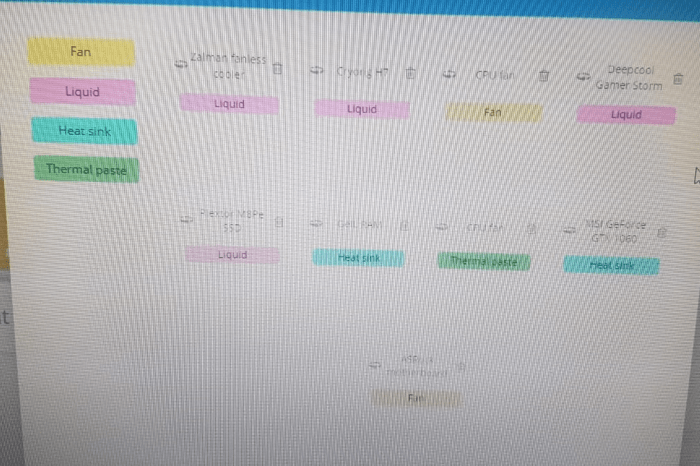Advanced hardware lab 6-2: select and install adapter cards – Embarking on Advanced Hardware Lab 6-2: Selecting and Installing Adapter Cards, this comprehensive guide delves into the intricacies of choosing and implementing adapter cards, empowering you with the knowledge to enhance your system’s capabilities and efficiency.
Adapter cards serve as crucial components in expanding a computer’s functionality, enabling the integration of specialized hardware and peripherals. Understanding the criteria for selecting the appropriate adapter cards, the installation process, and subsequent configuration ensures seamless integration and optimal performance.
1. Introduction
This lab exercise provides a comprehensive guide to selecting, installing, configuring, testing, and troubleshooting adapter cards. It covers the key concepts, objectives, and essential steps involved in managing adapter cards, ensuring optimal performance and functionality within a computer system.
2. Selecting Adapter Cards

When selecting adapter cards, consider factors such as compatibility with the system motherboard, intended use (e.g., network connectivity, graphics acceleration), performance requirements, and available expansion slots. Different types of adapter cards include network interface cards (NICs), graphics cards, sound cards, and storage controllers, each serving specific functions and providing enhanced capabilities to the computer system.
3. Installing Adapter Cards: Advanced Hardware Lab 6-2: Select And Install Adapter Cards

To install an adapter card, gather necessary tools and observe safety precautions. Ensure the computer is powered down and the power supply is disconnected. Open the computer case and locate an available expansion slot that matches the adapter card’s interface.
Align the card with the slot and gently push down until it is securely seated. Secure the card with the screws provided. Reconnect the power supply and boot the computer to complete the installation.
4. Configuring Adapter Cards

Adapter cards require configuration to optimize their performance and functionality. Access the BIOS or UEFI settings to enable or disable the card, configure interrupt request (IRQ) settings, and allocate resources. Use the device manager or vendor-provided software to set additional parameters, such as network settings, display resolution, or audio enhancements.
5. Testing Adapter Cards
Testing adapter cards ensures they are functioning correctly. Use diagnostic tools to verify network connectivity, graphics rendering, sound output, or storage access. Run performance benchmarks to assess the card’s capabilities and identify any potential issues. Observe system stability and monitor performance metrics to ensure the adapter card is operating as expected.
6. Troubleshooting Adapter Card Issues

Common adapter card issues include driver conflicts, hardware failures, and configuration errors. Identify the symptoms and potential causes of the issue. Update drivers, reseat the card, or try a different expansion slot. Check device manager for error messages or conflicts.
Use diagnostic tools to pinpoint hardware problems. Consult vendor documentation or online resources for specific troubleshooting steps and advanced techniques.
Key Questions Answered
What are the key factors to consider when selecting an adapter card?
When choosing an adapter card, it is essential to evaluate its compatibility with the motherboard, the intended purpose, performance requirements, and available expansion slots.
What safety precautions should be observed during adapter card installation?
To ensure a safe installation, always discharge static electricity by grounding yourself, handle the adapter card by its edges, and avoid touching the electrical contacts.
How can I troubleshoot common adapter card issues?
Begin by verifying the card’s proper seating, checking device manager for errors, updating drivers, and inspecting for any physical damage or loose connections.